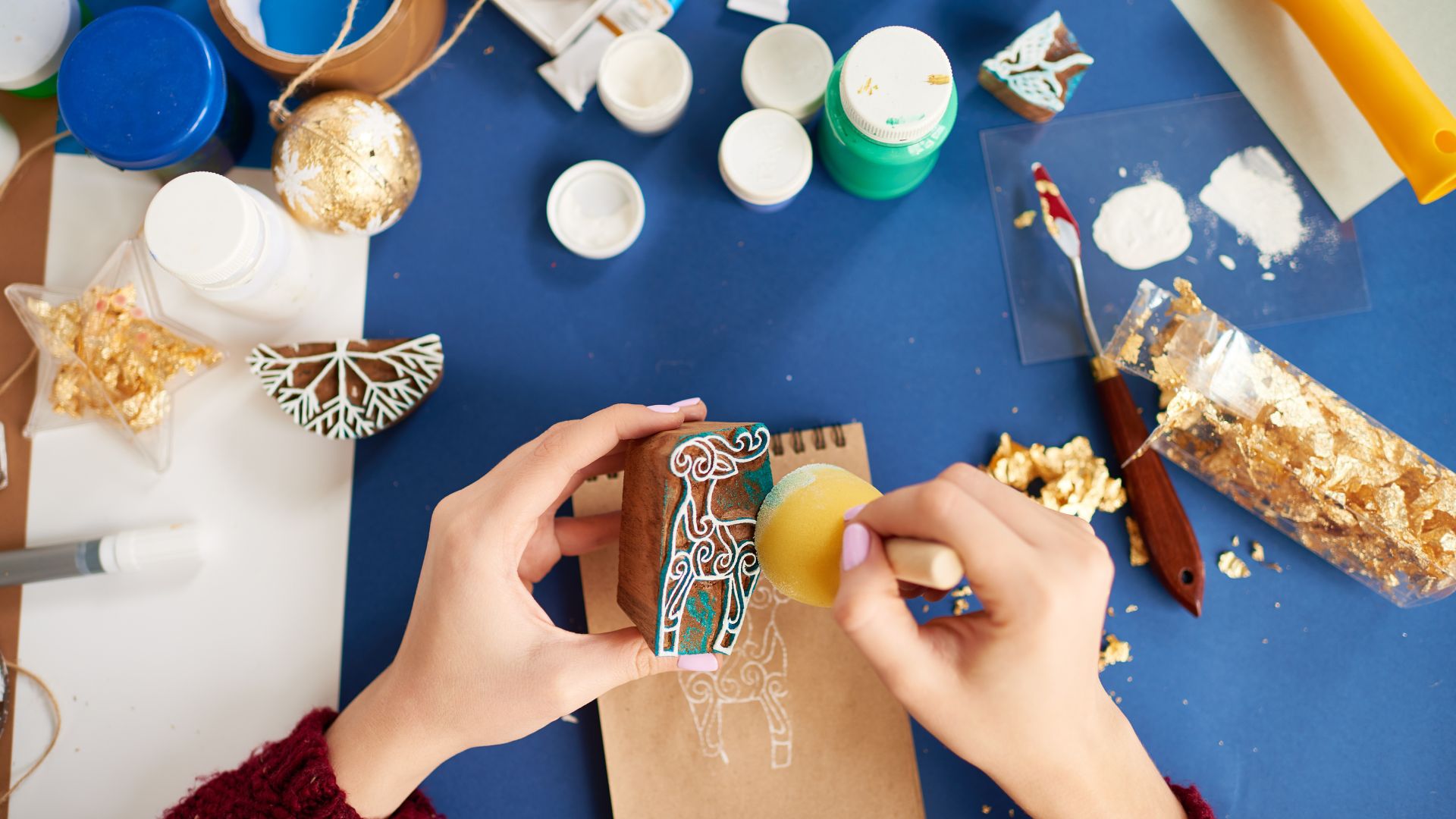In the world of interior design, the Arts and Crafts movement holds a special place, championing simplicity, craftsmanship, and natural beauty. This design philosophy, emerging in the late 19th century, sought to counteract the effects of industrialization by emphasizing handcrafted details, quality materials, and an inherent connection to nature. Today, the Arts and Crafts style continues to inspire homeowners and designers alike, offering a timeless appeal that blends both comfort and elegance.
Arts and Crafts Interior Design
The Arts and Crafts movement, pivotal in shaping interior design, originated in Britain in the late 19th century as a backlash against the mass-produced goods of the industrial revolution. Spearheaded by visionaries like William Morris and John Ruskin, it championed traditional craftsmanship, placing immense value on the beauty of natural materials and the importance of a handmade touch. These ideals rapidly spread, influencing architects and designers in the United States and across Europe. Central to its philosophy was the notion that design and craftsmanship should be accessible to all, encouraging environments that were both beautiful and functional. This movement laid the foundation for modern interior design by promoting principles that emphasized simplicity, a connection to nature, and an unparalleled dedication to craftsmanship.
Key Elements of Arts and Crafts Interior Design
Reflecting on the Arts and Crafts movement’s origins and its emphasis on craftsmanship and natural beauty, several key elements define its approach to interior design. These components not only showcase the movement’s ethos but also ensure any space exudes warmth, character, and timeless appeal.
- Handcrafted Furniture: Pieces often feature robust, simple lines that highlight the quality of the material and the artisan’s skill. Examples include oak dining tables and chairs with intricate joinery.
- Natural Materials: Wood, stone, and metals are preferred for their inherent beauty and durability. Oak wood, in particular, is a staple for both furniture and paneling.
- Earthy Color Palette: Colors are inspired by nature, with hues such as deep greens, rich browns, and rustic oranges creating a harmonious and inviting atmosphere.
- Textile Patterns: Fabrics showcase traditional motifs, like floral and leaf designs, reflecting the movement’s connection to nature. William Morris’s prints, for example, are quintessential selections for upholstery and curtains.
- Built-in Cabinetry: Custom storage solutions are designed to blend seamlessly into the architecture, enhancing functionality without sacrificing style.
Challenges and Considerations
Incorporating the Arts and Crafts style into modern interiors presents unique challenges and calls for careful considerations. Authenticity to the movement often demands high-quality, handcrafted elements, which can be expensive and time-consuming to source. Finding artisans who can replicate the intricate craftsmanship emblematic of the Arts and Crafts movement requires diligence and patience. Additionally, integrating natural materials like wood, stone, and textiles into contemporary settings while maintaining a cohesive design aesthetic asks for a nuanced approach. Homeowners must balance the desire for modern functionality with the commitment to the style’s principle of handcrafted quality. This involves selecting materials and furniture that reflect the era’s authenticity without compromising on the contemporary needs for comfort and practicality. Moreover, replicating the earthy color palette and intricate patterns characteristic of Arts and Crafts interiors in a way that feels fresh and relevant to today’s design sensibilities poses another layer of complexity. Hence, merging Arts and Crafts design elements with modern home requirements necessitates a thoughtful blend of tradition and innovation.
Highlighting Notable Arts and Crafts Interiors
Embracing the Arts and Crafts movement in today’s interior design allows for a timeless aesthetic that honors craftsmanship and natural beauty. This approach not only pays homage to the pioneers like Morris and Ruskin but also offers a unique way to blend tradition with modernity. By focusing on handcrafted furniture, natural materials, and an earthy color palette, homeowners can create spaces that are both inviting and distinctive.
The challenge of incorporating such a rich design heritage into contemporary homes is met with creativity and a deep appreciation for artisanal quality. It’s about finding that perfect balance between the old and the new, ensuring that every element has its place and purpose. As we continue to draw inspiration from the Arts and Crafts movement, it’s clear that its principles are more relevant than ever in achieving beautiful, sustainable, and meaningful interiors.
